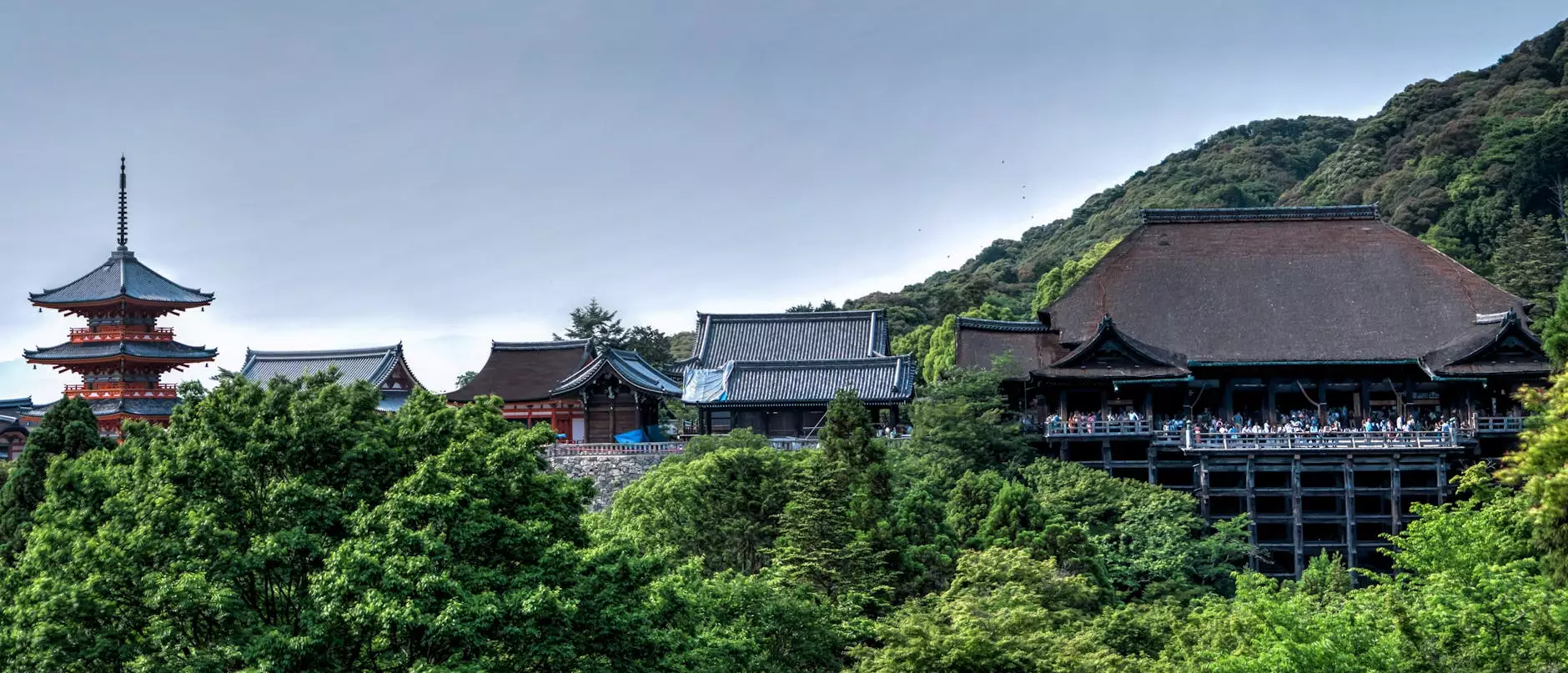Fascinating Facts About Famous Buildings Around the World

The world is home to an incredible array of architectural masterpieces, each with its own unique story, design, and cultural significance. From ancient temples to modern skyscrapers, famous buildings not only represent the heights of human creativity but also act as cultural landmarks that tell the story of civilization itself. This article dives deep into facts about famous buildings, uncovering interesting details that will enrich your understanding and appreciation of these architectural wonders.
The Great Wall of China: A Monument to Resilience
The Great Wall of China stretches over 13,000 miles and is not easily defined by a single construction method or era. Rather, it is a collection of walls and fortifications built by various dynasties over centuries, primarily for the defense against invasions. Here are some intriguing facts:
- Construction Timeline: The construction of the wall began as early as the 7th century BC and continued into the 16th century.
- Material Variety: It was built using materials from different regions, including earth, wood, bricks, and stone.
- Visible from Space? Contrary to popular belief, the Wall is not visible from space without aid; its narrowness makes it difficult to see from low Earth orbit.
The Eiffel Tower: An Icon of France
When most think of Paris, the Eiffel Tower immediately comes to mind. This iron lattice tower, completed in 1889, has become a symbol of French ingenuity and romance:
- Height: The Eiffel Tower was the tallest man-made structure in the world until the Chrysler Building in New York City was completed in 1930. It stands at approximately 1,083 feet tall.
- Visitor Attraction: The Eiffel Tower attracts around 7 million visitors each year, making it one of the most visited paid monuments in the world.
- Initial Controversy: Many contemporary artists criticized its design, considering it an eyesore. Yet, it has now become a beloved landmark.
The Sydney Opera House: A feat of Modern Architecture
The Sydney Opera House is one of the most recognizable buildings in the world. Its unique design and stunning location make it a must-visit destination:
- Construction Period: It took 15 years to build, starting in 1959 and being completed in 1973.
- Architectural Innovation: The design, by Danish architect Jørn Utzon, features a series of large shell-like structures that have become iconic.
- UNESCO World Heritage Site: In 2007, the Sydney Opera House was designated a UNESCO World Heritage Site, recognizing its cultural significance.
The Great Pyramid of Giza: The Last of the Ancient Wonders
The Great Pyramid of Giza is the only surviving structure of the Seven Wonders of the Ancient World and offers fascinating insights into ancient Egyptian civilization:
- Construction Timeline: Built around 2580–2560 BC, it served as a tomb for Pharaoh Khufu.
- Engineering Marvel: Over 2 million blocks of stone were quarried, each weighing between 2.5 to 15 tons.
- Alignment with Stars: It is precisely aligned with the cardinal points of the compass, exhibiting the ancient Egyptians' burgeoning understanding of astronomy.
The Burj Khalifa: Soaring Above the Clouds
The Burj Khalifa in Dubai is the tallest building in the world, and its striking silhouette has captivated onlookers since its completion in 2010. Some standout features include:
- Height: Standing at a staggering 2,717 feet tall, it dwarfs all its contemporaries.
- Design Inspiration: The design was inspired by traditional Islamic architecture and the desert flower.
- Elevators: The Burj Khalifa has the world's fastest elevators, traveling at speeds of 40 miles per hour.
St. Basil's Cathedral: A Colorful Symbol of Russia
St. Basil's Cathedral is a stunning representation of Russian architecture, known for its vibrant colors and unique dome shapes. Here’s what makes it special:
- Construction Year: Built between 1555 and 1561 on the orders of Ivan the Terrible.
- Unique Design: The cathedral features nine chapels, each topped with colorful onion domes.
- Historical Significance: It served not only as a place of worship but also as a backdrop for important historical events.
The Colosseum: Ancient Rome's Gladiatorial Arena
The Colosseum is not just a building, but a testament to the grandeur of ancient Rome. It showcases the engineering prowess of the Roman Empire:
- Capacity: It could hold between 50,000 to 80,000 spectators at once.
- Construction Period: It was commissioned by Emperor Vespasian in AD 70-80.
- Symbol of Entertainment: The Colosseum hosted gladiator contests and public spectacles, showcasing the culture of ancient Rome.
Conclusion: The Cultural Legacy of Buildings
As we explore the facts about famous buildings, we discover more than just stones and bricks; we uncover the essence of human achievement, creativity, and resilience. Each structure tells a story of the time it was built, the people who constructed it, and the culture it represents. Whether it’s the defensive walls of the Great Wall of China or the elegant curves of the Sydney Opera House, these buildings serve as reminders of our history and aspirations.
When planning your next travel adventure, consider visiting these monumental structures. Witness their majesty firsthand and immerse yourself in the stories they hold. After all, every great journey begins with a curious mind and a desire to explore!



